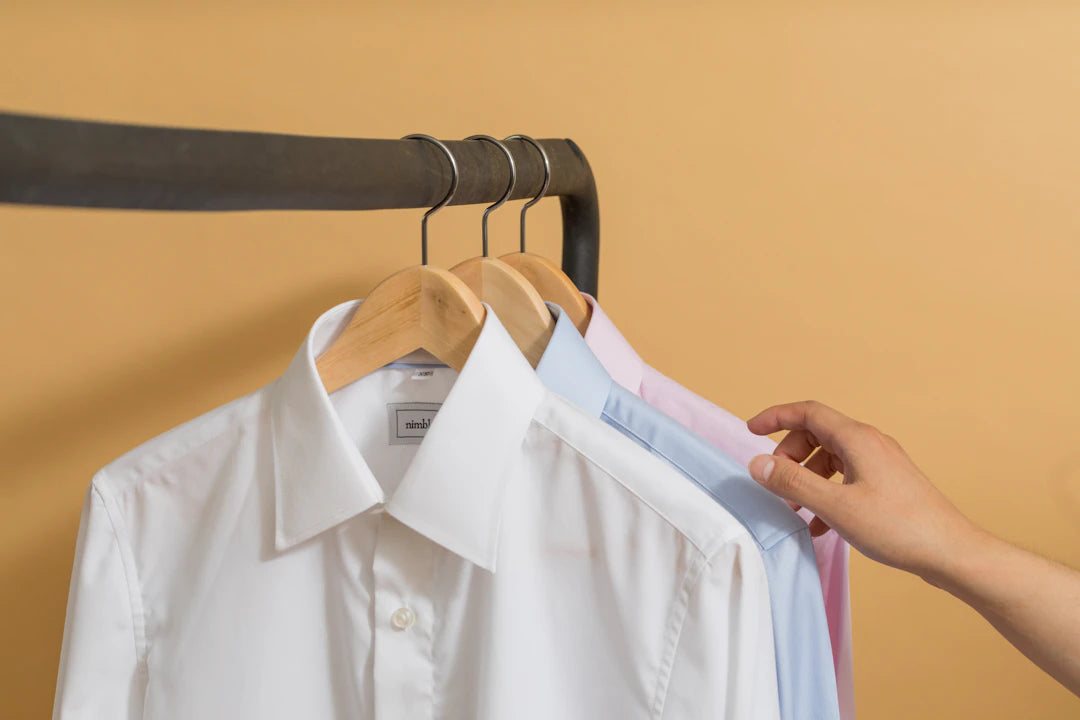Frequently Asked Questions
1. What defines business casual attire?
2. What are some key elements of business casual for men?
3. What is the difference between a two-piece suit and a three-piece suit?
4. What fabrics are suitable for business casual suits?
5. How can I accessorize my business casual suit?
In a world where dress codes are becoming increasingly relaxed, understanding the nuances of business casual attire is fundamental for today’s professionals. Navigating suit styles for work doesn’t have to be daunting; in fact, it’s an opportunity to express your personality while adhering to workplace expectations. This guide aims to provide you with a comprehensive look at business casual attire, specifically focusing on various suit styles for men, to ensure you are both stylish and appropriate.
What is Business Casual?
Before diving into suit styles for work, it’s crucial to grasp what business casual truly means. Business casual blurs the lines between formal workplaces and casual environments, resulting in a style that offers versatility.
Generally, business casual for men allows for tailored yet comfortable clothing. Think of it as a step down from traditional business wear without losing professionalism. Here are a few key elements that define business casual attire:
- Collared shirts, typically in solid colors or subtle patterns, without the need for a tie.
- Dress trousers or chinos instead of denim.
- Blazers or sports coats are optional but add an air of professionalism.
- Loafers, brogues, or clean sneakers are preferable footwear options.
Understanding Suit Styles for Work
When it comes to suits, there’s a myriad of styles and types available. Understanding how suits fit into the business casual category is vital for presenting the right image while still keeping comfort in mind. Here’s a breakdown of popular styles you can consider for your work environment.
The Classic Two-Piece Suit
The classic two-piece suit is a timeless choice and is often considered the foundation of menswear. It typically consists of a jacket and trousers made from the same fabric. This formal style can easily be dressed down by swapping the tie for a casual shirt. The key is to maintain a tailored fit for both the jacket and trousers, ensuring that the silhouette is flattering.
Suiting That’s Adaptable: The Three-Piece Suit
The three-piece suit includes a vest, which adds a level of sophistication and adaptability. While it may appear more formal, a well-tailored vest under a blazer can easily fit into a business casual look when combined with a lighter shirt and no tie. Look for materials that are versatile, allowing you to mix and match pieces with chinos or dress pants for a polished yet relaxed feel.
Sport Coats and Blazers
Incorporating sports coats and blazers into your business casual wardrobe elevates your look without the need for a full suit. These standalone pieces can be paired with dress pants or quality chinos. They offer a more relaxed yet polished appearance. Look for options in classic colors like navy or grey, or even in lighter fabrics for warmer seasons.
Fabric Choices Matter
When selecting men's suits for business casual settings, fabric choice plays a significant role. Here are some popular fabrics you might consider:
- Wool: A classic and breathable fabric that provides structure while being comfortable.
- Cotton: Ideal for warmer climates, cotton suits offer a relaxed and casual feel.
- Linen: Perfect for summer, linen suits lend a breezy elegance but can wrinkle easily.
- Polyester or Blends: These cheaper mens suits can provide good durability and are often wrinkle-resistant, making them great for the office.
Color Palette for Business Casual Suits
Your choice of color can significantly affect how formal or casual your attire appears. Typical business casual colors include:
- Classic neutrals: black, navy, grey, and beige are all safe choices.
- Pastel shades: yellows, pinks, and light blues can add a pop of personality.
- Earth tones: olive green or brown can create a laid-back vibe while still being chic.
Accessorizing Your Suit
Accessories can elevate even a simple suit and offer another opportunity to express your style. Here are some great options:
- Ties: Decide whether to wear one or skip it altogether. A tie can make a suit look more formal, while going without conveys a more casual approach.
- Belts: Match your belt to your shoes for a coordinated look.
- Watches: A classic wristwatch can add sophistication to your outfit.
- Pocket squares: A pop of color or pattern here can go a long way in sprucing up your look.
Where to Find Affordable Options
Searching for the perfect suit can be overwhelming; however, you don’t have to break the bank. There are numerous places for finding quality yet cheap mens suits. Some strategies include:
- Online Retailers: Websites dedicated to menswear have frequent suit sales, offering discounts on high-quality suits.
- Off-Season Shopping: Look for sales during off-peak seasons to get the best deals on suits.
- Thrift Stores: Consider second-hand shops for unique finds; you may discover vintage styles at a fraction of the price.
The Importance of Fit
No matter the style, the fit of your suit is paramount. This is where tailoring comes into play. It’s essential to have your suit altered to ensure it suits your body shape well. A well-fitted menswear suit enhances your silhouette and boosts your confidence.
Ready for Work, Rock Your Look!
Adopting a business casual dress code doesn't mean compromising on style or professionalism. By understanding the different suit styles available, knowing your fabric choices, selecting appropriate colors, and accessorizing wisely, you can craft a look that fits both your personality and workplace culture. Armed with this knowledge, you can confidently navigate your way through the world of men's suits with ease and flair. It's not just about what you wear; it’s how you wear it. Now go conquer that office style!

